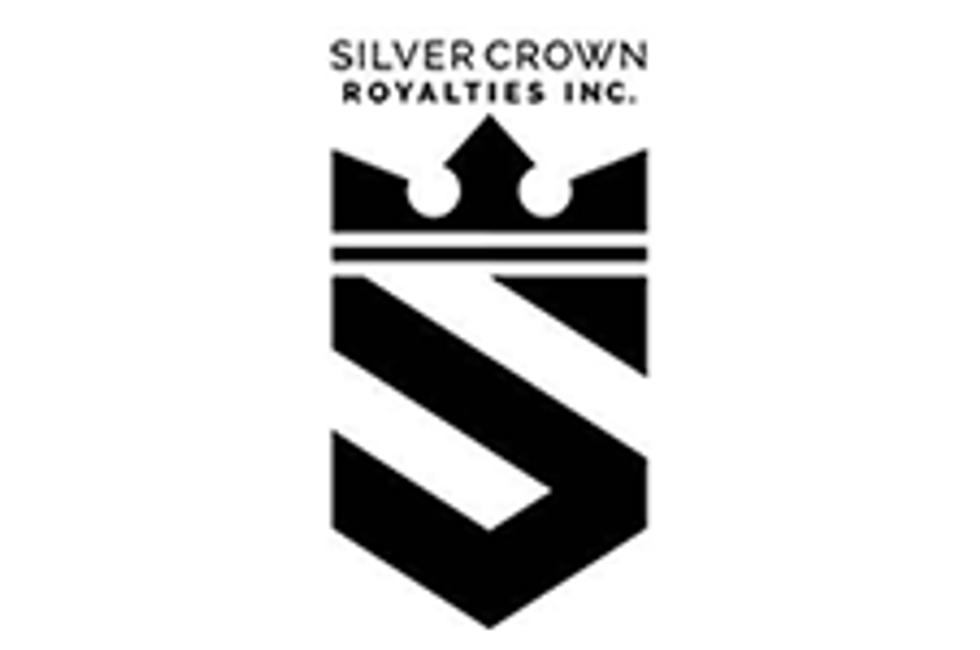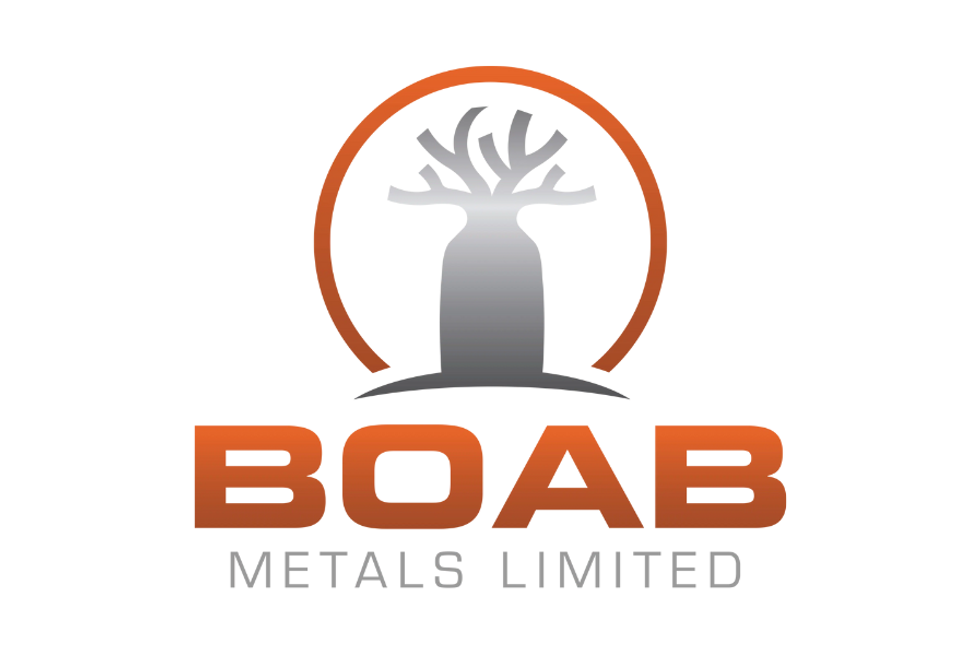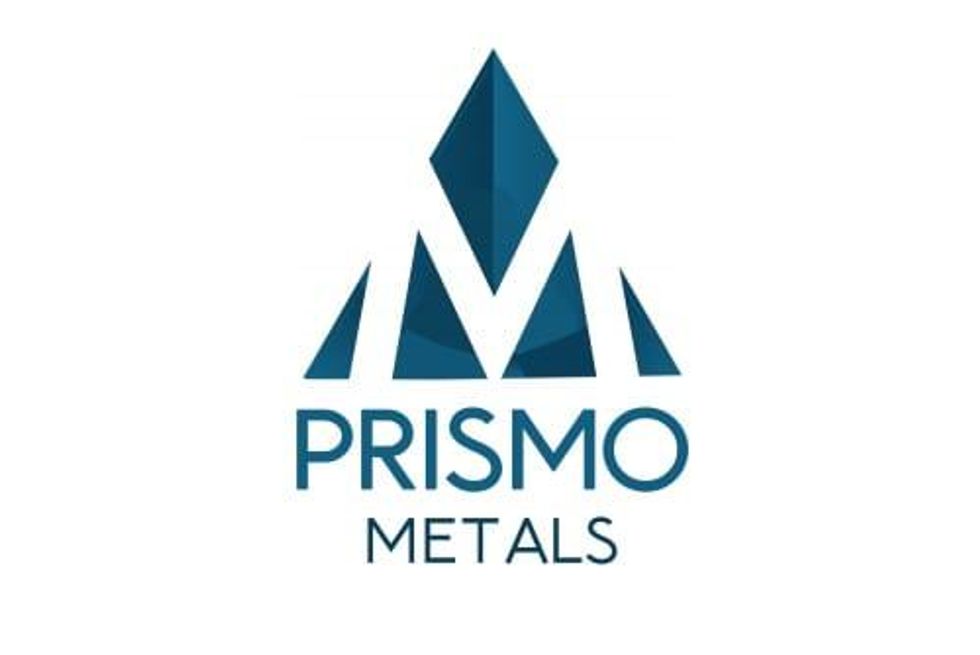Silver started 2011 with bullish prospects but has taken investors for quite a ride. Here is what we have seen this year.
By Michelle Smith–Exclusive to Silver Investing News
Silver started the year with bullish prospects. At the close of US markets on January 3 (the first trading day), silver was priced at $30.67. In April, the price surged to $49.51, almost reaching the all-time high of $50/oz seen in 1980. Then, in May, silver prices saw a steep drop and have since been on a volatile track.
At the ETF Securities Precious Metals Conference on December 1, Jim Steel, Commodities Analyst for HSBC, noted that the metal had experienced a 38 percent correction from its peak, but added it had still outperformed most asset classes.
On Monday, silver March delivery closed at $28.94 on the COMEX. This weakness was seen even though US markets opened with a weaker dollar. The failure of silver to rise when the dollar was down spotlights a 2011 silver trend outlined by Steel.
Silver is historically known for moving in negative correlation to the dollar, but it has been moving more with risk assets this year. Steel attributed this to a correlation between the metal and the euro.
Like risk assets, silver’s price volatility could often be explained by the market responding to economic data, mainly from the US and EU. Even today, CME Group reported that the metal’s price was being held down by a lack of confidence in the annoucement of cooperation between the IMF and EU, by the threat of European downgrades, and perhaps would be down even further if expected data out of the US was negative.
Yet, despite the metal’s fall it has still received a positive response from investors. This year investment demand played an increasingly significant role in the silver market. The closing of the curtains on 2011 is expected to come with investment demand perhaps reaching a record of $10 billion according to a report commissioned by the Silver Institute.
Steel reported that silver ETP investment was down about 33 million ounces for the the year, but noted that this could be rebuilt very quickly.
ETPs are a primary vehicle for investors to play the silver market and ETF Securities quarterly report shows that investors have indeed been active in 2011.
ETP demand spiked in July with net inflows of $939 million, which the report notes as the largest monthly inflows seen since November 2010. Overall, in Q3, silver ETPs were the second largest ETP sector with positive inflows in all three months totaling $1.6 bn, bringing global ETP silver assets held to about $18 bn.
Demand for silver coins and medals has also been reported as strong this year. According to the aforementioned report by Thomson Reuters GFMS for the Silver Institute, these two applications are set to represent the largest gain in volume terms of any category of fabrication demand in 2011. Chinese and Indian markets are credited as being significant drivers of demand for these products.
Fabrication demand for photography and housewares were weak, which is a mere continuation of a silver trend that has already been well set in motion.
It may, however, come as a suprise that growth in demand from the solar panel industry is not expected this year. Solar panels were a bright spot for silver in 2010, growing more than any other industrial application. This year brought change, as silver prices have manufacturers thrifting their use of the metal and looking for alternative materials. Weighing even further on the solar panel industry is that the largest market is in Europe, where financial troubles are having a negative impact on demand.
An increase in supply is expected to be among the 2011 silver trends. Jim Steel said mined production will likely be up about 30 million ounces. Two countries that are credited as major contributors to the gains are Mexico and China.
Silver recycling is a supply source that has become more significant than in the past. Steel noted that jewelry recycling tends to be mostly conducted in countries such as India and China, but does not usually occur on a notable scale in developed nations. However, he said the bad economy has prompted an increase of the trend in OECD countries.
Steel added that the increases from both mined supply and recycling may help to explain the corrections that silver has seen this year.
Despite the fact that the metal may well end the year returning most or all of the gains made in 2011, it also ends the year still possessing bullish prospects. Forecasts range from the mid $30′s to $500z in 2012, though Steel believes there is a “psychological barrier” that will likely prevent the metal from reaching the $5o mark due to the pain felt during recent declines.






